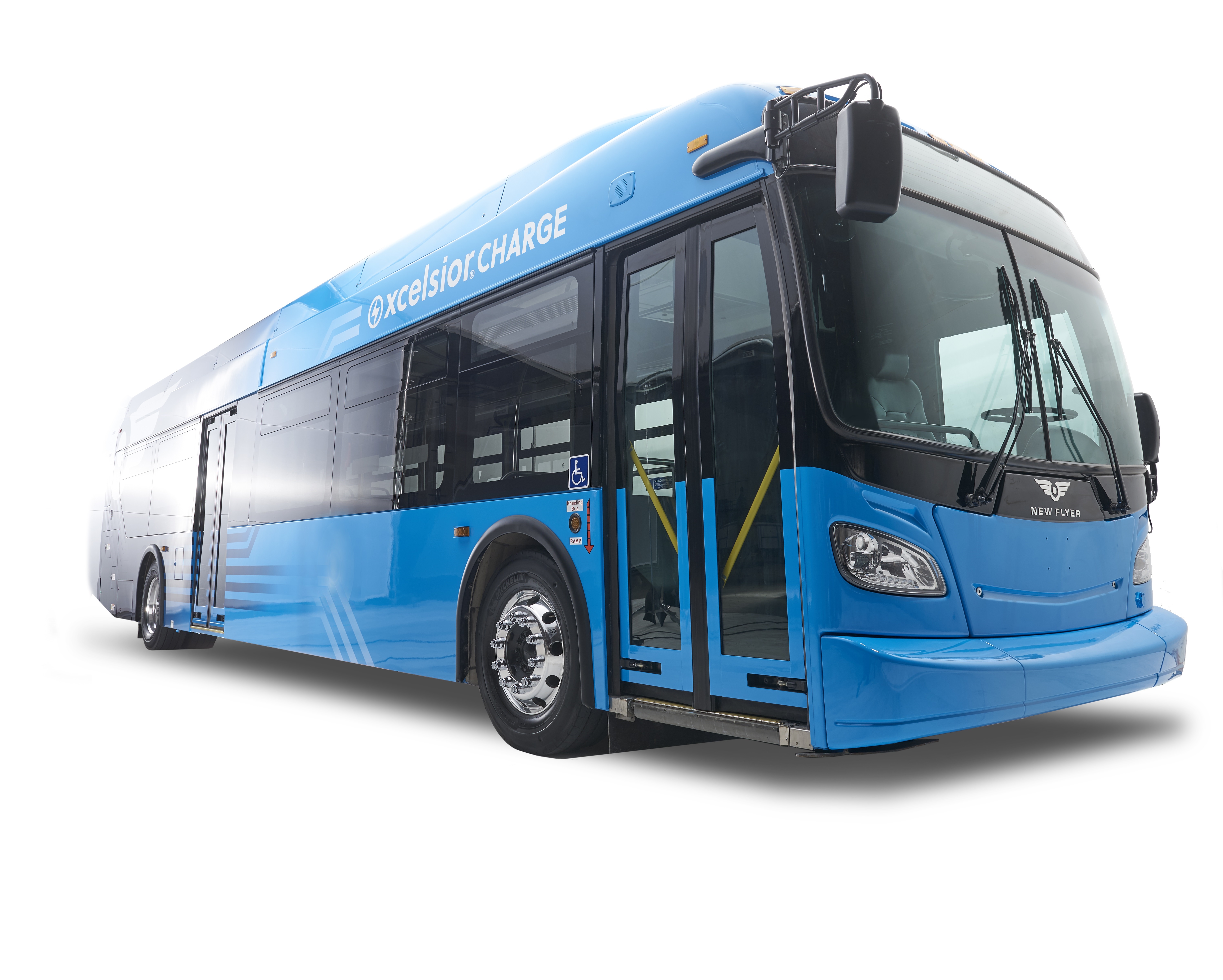
In 2020 the US government set an R&D priority for multiple Federal agencies – some of them civilian, some of them military – to promote automated vehicles (AVs). One special study released by the US National Science & Technology Council and US Department of Transportation helped to specify the focus of the new priority: Ensuring American Leadership in Automated Vehicle Technologies: Automated Vehicles 4.0. The report makes the case for a push into some different R&D domains, suggesting that AVs are likely to play a role in future missions from the Department of Defense (DoD) – and that military research would contribute to AVs’ civilian applications too.
Where exactly is this DoD commitment being made so visible? The race to safe, fully autonomous vehicles is picking up speed. However, for the US Army safety doesn’t just mean avoiding crashes; it means removing the driver from the vehicle altogether. In off-road terrain, GPS-denied environments, and poor weather conditions the US Army is driving driverless autonomous vehicles forward and backwards. Robotic Research is the autonomy provider behind the army’s Leader-Follower programme, the Federal government initiative that marks the Army’s first real fully autonomous military systems. Surprisingly, it’s not from Silicon Valley. Instead, it comes from a company in Clarksville, Maryland.
Tesla and Waymo
Key players like Tesla and Waymo are helping to set the pace for AV development, technological maturity, regulations and safety. So Silicon Valley may appear to be leading the pack - yet thousands of miles away Robotic Research is developing and demonstrating its autonomous technology on OshKosh’s Palletised Load System (PLS) trucks and has already delivered nearly 100 approved AVs. These ruggedised logistics trucks run unmanned in rough terrain, vegetation and dust, which speaks to the leading-edge automation technology that Robotics Research is developing.
The benefit to the Army is immeasurable. Logistical operations, often requiring soldiers to ride in a convoy, are among the more dangerous duties for any soldier. Deploying unmanned convoys provides a life-saving solution to this highly dangerous problem.
Unfortunately, removing the soldiers does little to make these large, slow-moving assets less vulnerable to attack. But for Robotic Research, that just presented another complex challenge. The company recently announced it has added Retrotraverse to its AutoDrive-M autonomy kit, enabling the autonomous reversing of these PLS trucks, even while towing double-hitch trailers – a challenge for even the most seasoned drivers. If a platoon of unmanned vehicles encounters a dangerous situation, the entire convoy can navigate its way out in reverse, regardless of limited clearance they may have or what the trucks have in tow.
The implications for the military are clear. The capability to autonomously drive and reverse a platoon of trucks removes the solider from harm’s way and ensures logistical operations can maintain or improve their efficiency. For other edge case applications like logging or mining, risks in some of the industry’s most dangerous routes can be mitigated and the efficiency of transporting material can be significantly increased.
In the commercial trucking space, much of the interest in autonomy has focused on solving driver shortages and increasing fuel efficiency.
The US Army’s goal to fully remove the driver from logistics trucks is helping to spur innovation and will likely propel the commercialisation of this technology for large-scale product transport. But drivers shouldn’t fret. With an emphasis on vehicle-agnostic autonomy, reversing technology, and navigating in GPS-denied environments, companies like Robotic Research are helping to eliminate the pain points of drivers, not their jobs. With roughly 67% of trucking accidents happening in parking lots, the ability to let autonomy take the wheel when entering a lot or yard could be a dream come true for many drivers, businesses and insurance companies.
Autonomous technology provider
As an autonomous-technology provider, Robotic Research is also helping Connecticut Department of Transportation (CTDoT) make historic advancements in automated public transit thanks to a new programme funded by the USDoT. Through the Federal Transit Administration's Integrated Mobility Innovation (IMI) initiative, Robotic Research’s proprietary AutoDrive advanced driver-assistance system is enabling the automation of heavy-duty transit buses for revenue service deployment. This innovation will be a first for mass transportation systems in all of North America.
When the programme launches for public use, three 40-foot, automated, electric New Flyer Xcelsior Charge heavy-duty transit buses will be operating on the CTfastrak corridor, a dedicated nine-mile stretch for exclusive use by CTtransit buses. The bus operations will be a zero-emission deployment running between New Britain and downtown Hartford.
This pioneering operation will utilise automated technology to improve transportation accessibility for passengers with disabilities while improving efficiency and the rider experience for all passengers.

As the first automated Bus Rapid Transit line put into revenue service in North America, the CTtransit initiative also marks the first application of automated precision docking to minimise platform gaps, ensuring boarding is compliant with the Americans with Disabilities Act (ADA) of 1990 - which prohibits discrimination based on disability such as blindness – and increasing accessibility for all passengers.
The automated driving objectives of this project also include the demonstration of platooning capabilities to maintain more efficient headways between buses.
Connecticut is one of 23 US states now receiving IMI funding, which aims to advance mobility through creative partnerships and emerging technologies, combining public and private transportation assets and strategies to increase access to mobility for everyone.
The team for this project is led by CTDoT and also supported by New Flyer of America and the non-profit Center for Transportation and Environment.
Future of mass transit
Automated buses have great potential in public transportation, New Flyer thinks. “The technology is real and it’s here,” said company president Chris Stoddart.
He anticipates that fleets of automated buses will improve road safety, shorten commute times, increase energy efficiency and reduce congestion.
“As standards and regulations are developed and implemented and automated buses are deployed across North America, we expect our Xcelsior AV to enable meaningful improvements in the public transit user experience, which will hopefully lead to increased ridership,” he continues. “Together with Robotic Research, we are leading clean, accessible, reliable mobility that’s safer for all.”
Alberto Lacaze, Robotic Research’s president, speaks of his excitement for future collaboration and joint work on public transportation and autonomous technology. “Welcome to the future of mass transit,” he said. “Automated transit buses, like the Xcelsior AV, are not just safer and greener, but more efficient. By optimising rider capacity, improving traffic flow, and reducing stop-and-go accordion delays, these vehicles have the potential to not only increase the efficiency of travel for those on board, but for all vehicles on the road.”
ABOUT THE AUTHOR

Gordon Feller writes on innovation and harnessing the power of data, including mobile platforms and Internet of Things technology. He also is founder of Meeting of the Minds.org
Robotic Research and New Flyer
Robotic Research provides autonomy software and robotic technology and solutions, and has been collaborating with bus company New Flyer as its exclusive autonomous technology partner supporting its automated technology programme.
New Flyer is North America’s heavy-duty transit bus leader, whose Xcelsior and Xcelsior Charge brands incorporate a broad range of drive systems, including clean diesel, natural gas, diesel-electric hybrid, trolley-electric, battery-electric, and fuel cell-electric.
Robotic Research’s AutoDrive ADAS technology is platform-agnostic and can be used to retrofit vehicles of all sizes, from small, portable robots to large trucks and buses. The system provides autonomous functionality on surfaces ranging from urban-improved roads to off-road terrain, all while the vehicle is collecting and analysing data to enhance the future of transportation.
Robotic Research has deployed SAE Level 4 automated vehicles into multiple operating environments across the US and around the world, including urban commercial centres, military bases and government sectors. The company’s ADAS technology is currently operating in 30 states and on four continents.
New Flyer parent NFI Group provides a suite of mass transportation solutions under various brands, manufacturing approximately 8,800 buses and coaches annually, actively supporting over 105,000 buses and coaches currently in service throughout the world and delivering electric buses to multiple US properties.











